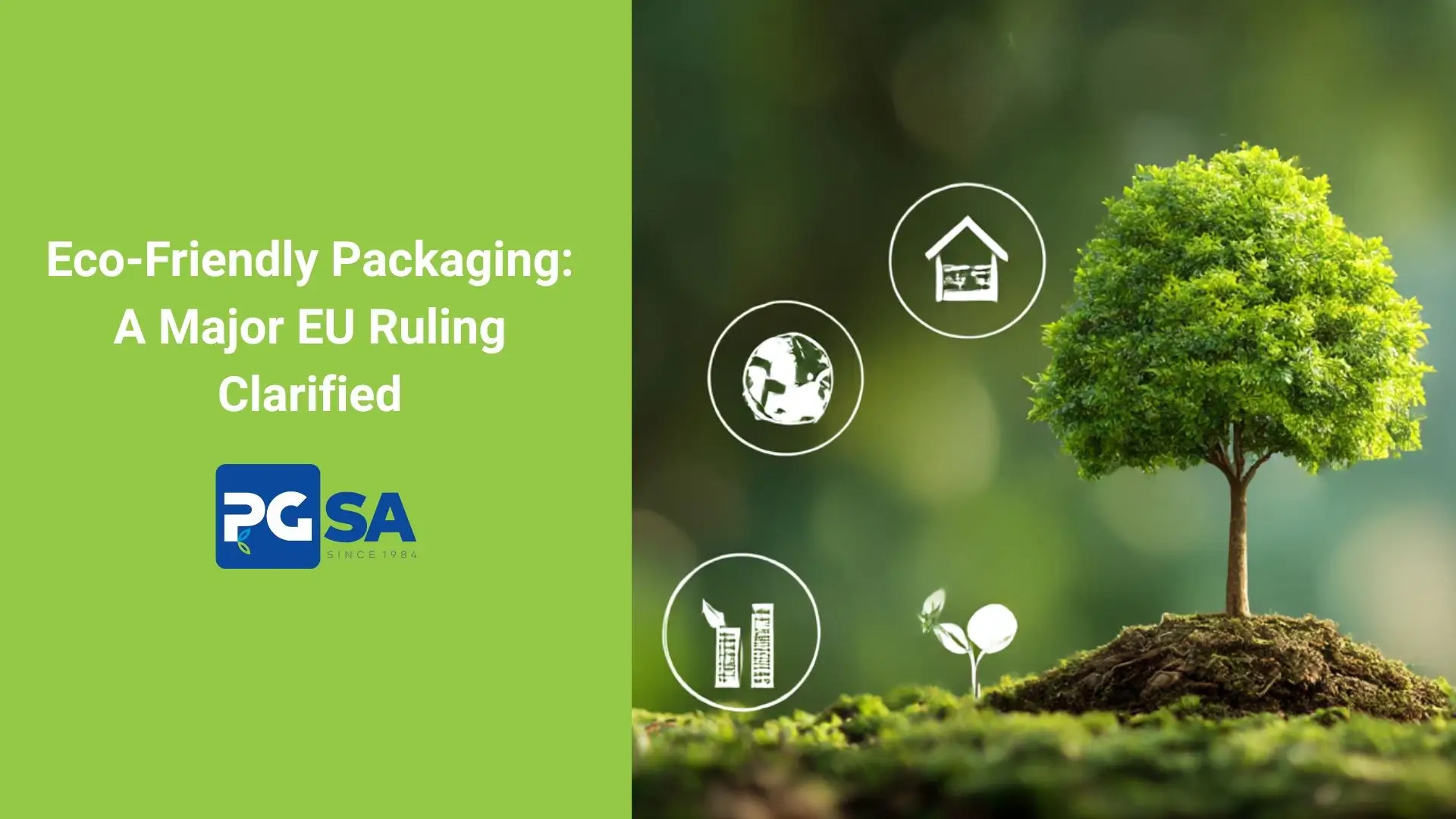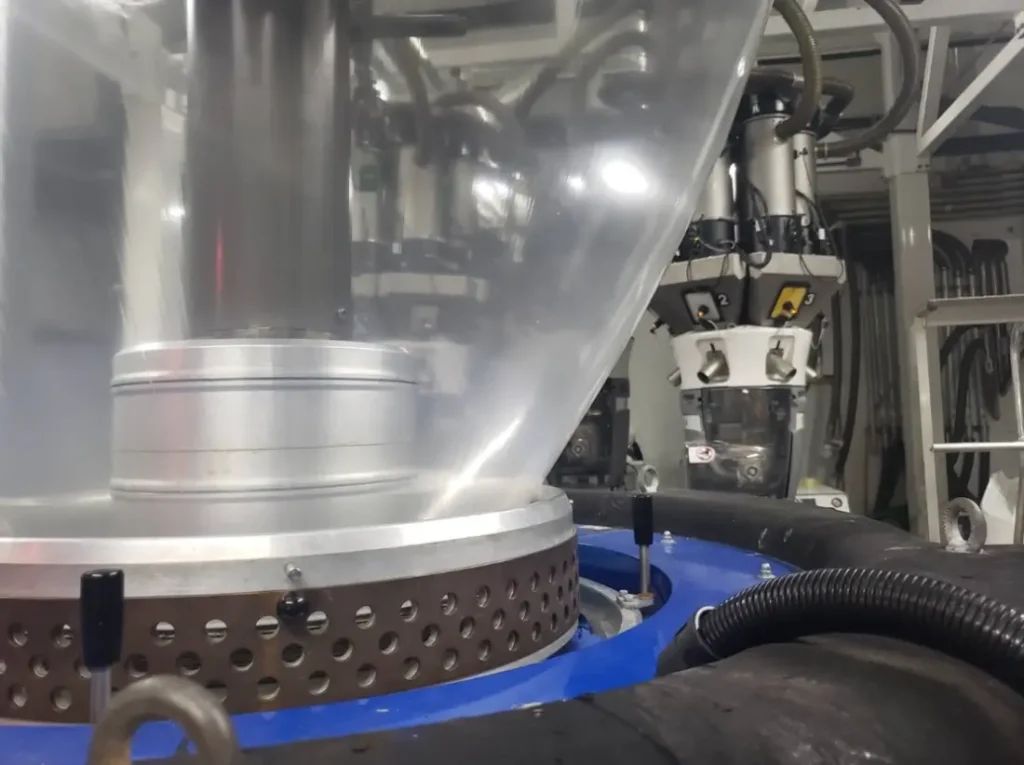
As a procurement or operations leader, you face constant pressure: meet your company's sustainability (ESG) goals. This requires a critical decision: find packaging that offers a real environmental benefit while complying with regulations and effectively protecting your product.
On June 20, 2025, a regulatory event in the European Union changed the game for the future of eco-friendly packaging. Ireland's Environmental Protection Agency (EPA) officially ruled that d₂w biodegradable technology is clearly different from banned "oxo-degradable" plastics , and therefore, its commercialization is accepted.
This is more than a simple international headline. It is a direct answer to the uncertainty, risk, and fear of "greenwashing" that have, until now, complicated the transition toward truly sustainable packaging solutions.
The Origin of the Confusion: The Technical Question This News Resolves
The EPA's decision centers on a crucial scientific distinction that has been a source of great confusion in the market.
What is the difference between oxo-degradable and oxo-biodegradable plastic?
- Oxo-DEgradable Plastic (The Problem): This is the technology banned in the EU. Its only purpose is to fragment into microplastics that permanently contaminate the environment. There is no real biodegradation.
- Oxo-BIOdegradable Plastic - d₂w Technology (The Validated Solution): This is a two-stage process. First, the material is prepared for biodegradation, and second, it is completely consumed by microorganisms, transforming into biomass, water, and CO2, leaving no toxic residues.
This news is highly relevant because an official authority has validated this fundamental difference, eliminating the ambiguity that enabled "greenwashing".
Does d₂w technology create microplastics?
This was the central question that the regulatory validation helped to definitively answer for the market. The answer is no.
The EPA's ruling supports the science behind d₂w: its process is designed for total biodegradation at a molecular level. By being consumed by microbes, the formation of persistent microplastics that characterize the banned technologies is prevented. The news confirms that this is a clean and complete technological solution.
As we can see in this video, d₂w plastic takes approximately 24 months to degrade.
Why This Matters for Your Packaging Strategy?
For companies seeking reliable eco-friendly packaging, this decision is more than just news: it's a strategic guide.
- Meeting Sustainability Goals with Verified ScienceA primary concern regarding plastic waste is microplastic pollution. Conventional plastics are a main source of this pollution as they degrade. The d₂w technology, however, converts the plastic into a waxy substance that is then completely biodegraded by microorganisms. This directly addresses a key environmental concern and provides a solid basis for sustainability (ESG) reports.
- Mitigating Regulatory Risk: The SUP Directive initially caused great uncertainty by banning "oxo-degradable" plastics. This clarification from an EU regulatory body sets a strong precedent, reducing the risk for companies that choose to adopt this advanced technology.
The Future of Eco-Friendly Packaging
This decision from Ireland marks a crucial moment. It underscores the importance of looking beyond general labels and focusing on the specific, validated science behind different material technologies. For companies committed to making a tangible environmental impact, it distinguishes a proven technology from other alternatives.
True progress in sustainability requires adopting innovations that are both effective and safe. As a leader in manufacturing, Plasticos Generales is committed to providing clients with access to the most advanced and responsibly-managed material technologies.

Contact our experts today to discover how certified, advanced biodegradable technologies can be integrated into your packaging strategy, helping you reach your sustainability goals with confidence and clarity.
Want to learn more? Explore Our Resources
For those who wish to explore the nuances of this important decision, we have made the following resources available.
- Listen to the Audio Analysis: Access the detailed discussion where experts break down the critical differences between oxo-degradable and oxo-biodegradable plastics and the meaning of this regulatory update.
- Download the Informative PDF: Get a point-by-point breakdown of the scientific evidence and legal arguments.
